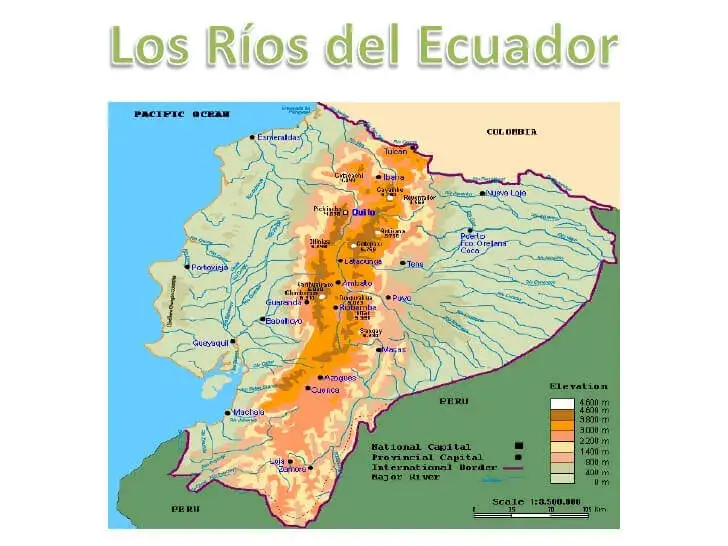Coronavirus impact spreads across U.S., with much of the population under stay-at-home orders
The strain of the fast-spreading coronavirus outbreak accelerated across the United States on Wednesday beyond the hot spots of New York, California and Washington state, as Louisiana and Iowa were declared federal disaster areas.
U.S. President Donald Trump issued the disaster declarations late Tuesday night, freeing up federal funds to help combat the potentially lethal disease as it strains state and local resources nationwide.
Louisiana, where large crowds recently celebrated Mardi Gras in New Orleans and other parishes, has reported a spike in cases, with a total of 1,388 confirmed and 46 deaths as of midday Tuesday, according to the Louisiana Department of Health.
«I have determined that this incident is of such severity and magnitude that effective response is beyond the capabilities of state and local governments,» John Bel Edwards, the state’s governor, wrote the White House this week in seeking the declaration.
Earlier in the week, Bel Edwards said the state had just 381 intensive care unit beds available.

Iowa, where officials announced the state’s first death from the novel coronavirus Tuesday night, has reported 124 confirmed cases.
In Kentucky, Gov. Andy Beshear said late Tuesday his state has surpassed 160 coronavirus cases as a few dozen new cases were diagnosed in the past day.
He says one of the new cases stemmed from a «coronavirus party.» The governor didn’t give any details about the event but he quickly denounced it.
«Anyone who goes to something like this may think that they are indestructible, but it’s someone else’s loved one that they are going to hurt,» said Beshear.
Nationwide, COVID-19 has infected more than 53,000 people and killed at least 720, with World Health Organization officials warning the United States could become the global epicentre of the pandemic, which broke out late last year in Wuhan, China.
More stay-at-home orders
In recent days, the governors of at least 18 states have issued stay-at-home directives affecting about half the nation’s population. The sweeping orders are aimed at slowing the virus’s spread but has upended daily life as schools and businesses shutter indefinitely.
In Michigan, for instance, Democratic Gov. Gretchen Whitmer announced a stay-at-home order on Monday that banned all gatherings outside of individual households. Whitmer on Tuesday told a television news outlet that Beaumont Health, which has eight hospitals in Wayne and Oakland counties, is near capacity and «we have not seen the worst of it yet.»

Nearly 1,800 people have tested positive in Michigan, with at least 24 dead.
Trump on Tuesday initially said he wanted to reopen the country by Easter Sunday, April 12, but later told reporters he would listen to recommendations from the nation’s top health officials. It’s also not clear even if the White House exhorted businesses to pick up after Easter what the response would look like, given the stay-at-home orders issued at state level.
Early Wednesday, Congress reached a deal on a massive $2-trillion stimulus package, which will free some money for American workers and businesses. The previous day, the U.S. Department of Health and Human Services (HHS) said it would award $100 million immediately to 1,381 health centres, an amount that had been earmarked in an emergency spending bill of $8.3 billion signed by Trump on March 6.
WATCH l Trump eager to restart economy even amid rising cases:
Not all states have taken the same approach. While Mississippi Gov. Tate Reeves has advised people to avoid gatherings of more than 10 people and didn’t discourage families from adhering to a self-imposed lockdown if they feel it is necessary, he also said: «Mississippi’s never going to be China, Mississippi’s never going to be North Korea.»
Florida Gov. Ron DeSantis, meanwhile, encountered criticism for a slow response in ordering closures of some of the state’s most popular beaches.
Democratic presidential candidate Joe Biden criticized DeSantis in a statement released Wednesday morning.
«While other large states continue to take strong, urgent, and sweeping action to stop the spread of COVID-19, Florida has not,» said Biden. «I urge Governor DeSantis to let the experts speak to the public and explain why this is the case.»
Biden is calling out Florida Gov. Ron DeSantis (R) on coronavirus response:<br><br>»While other large states continue to take strong, urgent, and sweeping action to stop the spread of COVID-19, Florida has not.» <a href=»https://t.co/Q0jPCCeBx7″>pic.twitter.com/Q0jPCCeBx7</a>
—@AaronBlake
New York and California continue to be the hardest hit.
«You’re on 100 per cent of the time — no matter what,» said Dr. Jolion McGreevy, medical director of The Mount Sinai Hospital emergency department in New York City. «It’s been a month of full force, and that’s certainly very stressful.»
Patients initially showed up with fairly mild symptoms, ranging from a runny nose to a mild fever, concerned they contracted coronavirus. That shifted over the past week, McGreevy said, and now hospitals are receiving far sicker patients in need of life-saving intervention.
«These are people in severe respiratory distress, needing to be intubated and needing the intensive care unit,» he said. «We knew it was coming. We saw it in Italy and other places so we were prepared for it, and now we’re seeing it.»
New York Gov. Andrew Cuomo said Wednesday morning that the state’s total known cases now number 30,811, with 285 deaths. Just over 3,800 were hospitalized, with 888 being treated in intensive care units.
Navy ship to be employed in California’s fight
A tally by Johns Hopkins University on Tuesday found California cases have topped 2,500, with at least 50 deaths.
Anticipating more hospitalizations and deaths, state and local governments have been scrambling to obtain gloves and safety gear for health-care workers and ramping up the number of available hospital beds for virus patients and emergency beds for the homeless, who are considered at a disproportionate risk.

Los Angeles Mayor Eric Garcetti said his city might see a surge in coronavirus cases based on the ferocious outbreak in the New York area.
«We are anywhere from about six to 12 days behind what we are seeing in New York City … where more than one American is dying each hour,» Garcetti said Tuesday.
California Gov. Gavin Newsom announced that the 1,000-bed navy hospital ship Mercy was on its way to Los Angeles from San Diego and would arrive Friday and could be ready as early as Saturday to provide care to non-coronavirus patients in order to ease the crush on hospitals.
The governor also halted new admissions to prisons for 30 days, a move projected to lower the population by more than 5,000 inmates after one convict and seven prison employees tested positive for the coronavirus.
Meanwhile, federal health officials gave an advisory Tuesday for those travelling within the U.S. from hot spots. Dr. Deborah Birx, the co-ordinator of the White House coronavirus task force, said that people leaving New York State and the New York City area who are travelling to second homes in Florida, North Carolina or other states should stay home at those new locations for two weeks. Birx said even though they might not be outwardly sick, they could have been exposed to the virus.






